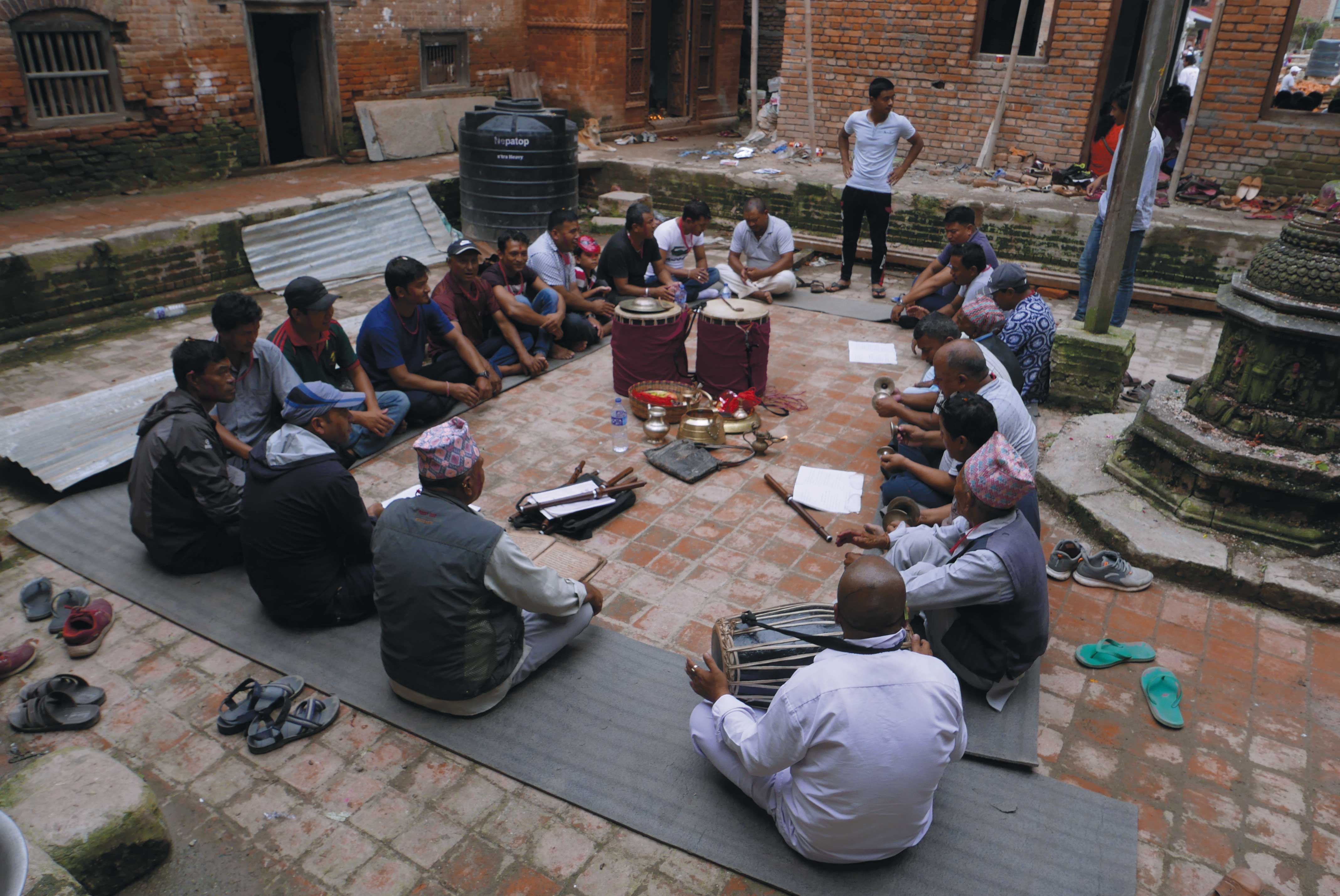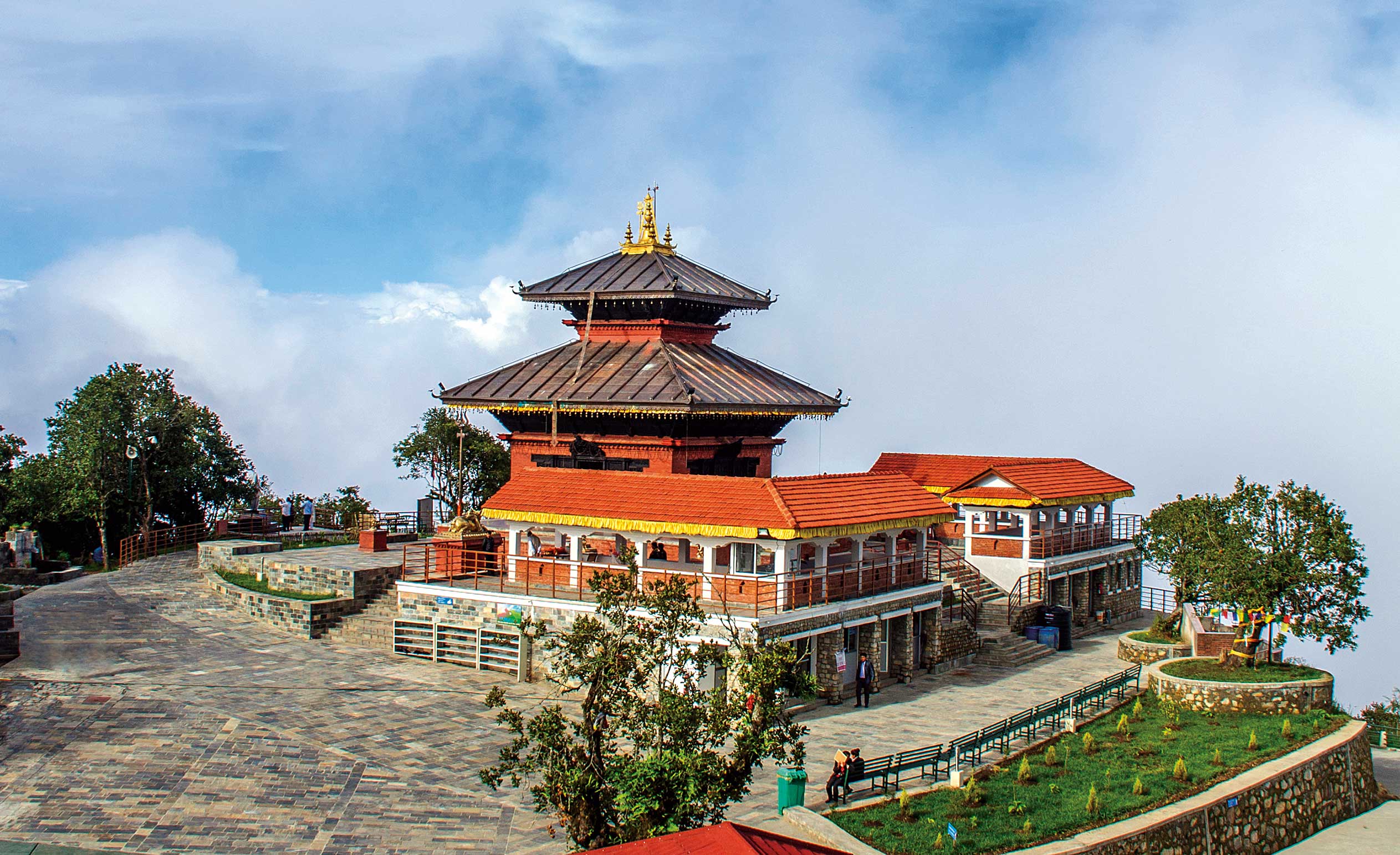The adventures hidden behind the mask of religion put on by Jatras of Kathmandu
“Haastey…haaisey!”
The fervent chants of adolescent participants echoes in the wind, enveloping the sea of people standing enthusiastically to celebrate the many jatras (festivals) of Kathmandu Valley. Observed throughout the year to mark numerous religious occasions, these celebrations – the rath (chariot) jatras - take place as the locals trade their physics for the joy that comes along with social acts.
Behind the pools of joy that flood the spirited souls with enthralling social drama hides an emphatic darkness amidst delightful acts. Structures as mighty as the Matsyendranath – towering up to more than sixty feet - or smaller wooden chariots depicting ancient folklore eventually transforms into a display of male strength and courage.
 Bottled nerves, distilled or brewed aid, helps to a certain extent to conquer fears but at the same time also provides major setbacks. Niraj Maharjan, a Patan local shares his experience: “People think alcohol helps to overcome fear but in reality it covers the mind with a dense curtain creating senselessness. This can lead to many mishaps. Still, everyone indulges in the drinking, which is also a part of the festival, and enjoy the lively experience.”
Bottled nerves, distilled or brewed aid, helps to a certain extent to conquer fears but at the same time also provides major setbacks. Niraj Maharjan, a Patan local shares his experience: “People think alcohol helps to overcome fear but in reality it covers the mind with a dense curtain creating senselessness. This can lead to many mishaps. Still, everyone indulges in the drinking, which is also a part of the festival, and enjoy the lively experience.”
With an army of tipsy men, the activities get more intense in the narrow lanes of Bhaktapur during their four-day long Bisket Jatra celebrations. Despite the comparatively smaller sized chariots there, the festivities turn into a carnival of chaos when people from all directions showcase their strength often resulting in physical confrontations. Bhaktapur’s neighboring hillside town also sees a similar show of faith during the Changu Narayan jatra. The broken chariots speak of the carnage and human stampedes during these festivities. A local at the Changu Narayan temple explained, “There’s no comparison between wood and bone. But the disfigured shapes of the wooden chariot speaks volumes about what could happen if the huge chariot, being rammed into human bone.”
It’s not just youth who spill their ‘bravery’ onto the streets to impress the audience. Amongst the different highlights of Patan’s Matsyendranath chariot procession, the Naikay Luigu ceremony is an ongoing tradition that showcases the courage of many youth as well as a handful of veterans. The myth surrounding this tradition is that who ever catches and holds on to the naikay (coconut) will be blessed by a baby boy. With this in mind, a crowd of youth gathers around the still chariot trying their luck at catching the coconut as it is dropped from the top of the chariot. Despite the brawl that ensues every year at this particular point in the festival, growing number of youth still participate and the veterans too keep the tradition alive each time.
With many cultures dying due to the lack of participation of the youth, traditions like this where the youth are empowered by allowing them to take charge of the situation is a good way to allow them to connect to centuries old rituals. Mishaps and riots are part and parcel at these festivals, but they also make great stories as well as pave the paths for the next generation to stay connected to their culture and heritage.











